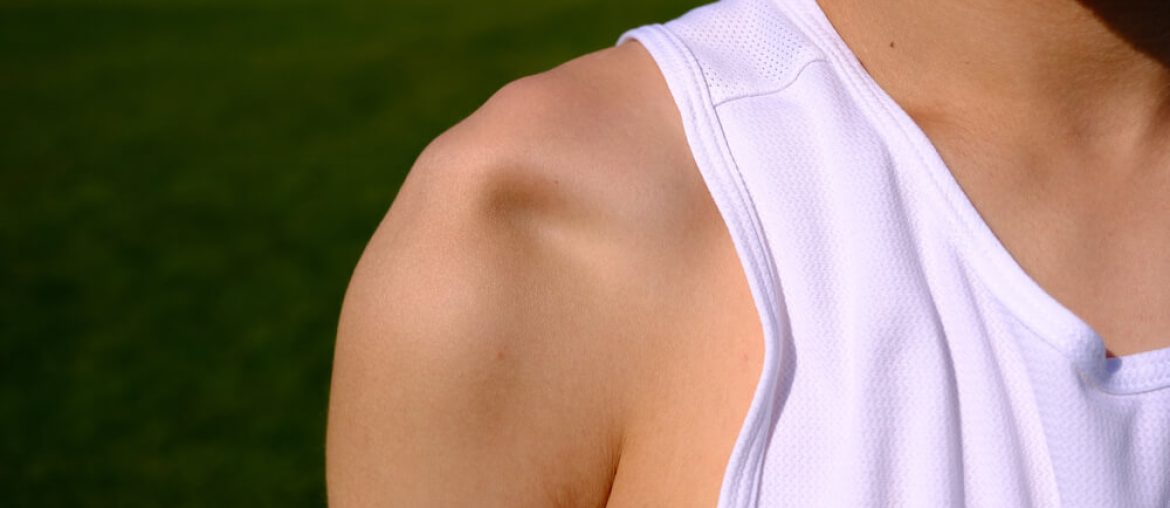Shoulder dislocations and instability can be painful and often lead to ongoing shoulder issues if not addressed. Common among athletes and active individuals, shoulder dislocations occur when the upper arm bone (humerus) slips out of the shoulder socket.
What are Shoulder Dislocations and Instability?
The shoulder joint is inherently mobile, making it prone to dislocations and instability. A shoulder dislocation happens when the upper arm bone moves out of its socket. Shoulder instability may result from repetitive dislocations, weakening the shoulder structure over time and increasing the likelihood of future dislocations.
Symptoms of Shoulder Dislocations and Instability
Common symptoms include:
- Sudden, Severe Pain: Often immediately after the dislocation, along with intense shoulder pain.
- Deformity: Visible displacement of the shoulder joint.
- Limited Movement: Reduced range of motion and difficulty using the arm.
- Weakness and Instability: Ongoing shoulder instability, especially with certain movements or activities.
Causes and Risk Factors
Shoulder dislocations and instability may occur due to:
- Sports Injuries: Contact sports, such as football, wrestling, or basketball, are leading causes of shoulder dislocations.
- Falls or Trauma: Falls onto an outstretched arm or direct impact to the shoulder can cause a dislocation.
- Repetitive Strain: Athletes and individuals who frequently perform overhead activities may develop instability from repetitive strain.
- Genetic Factors: Some people are naturally more prone to shoulder instability due to joint laxity.
Diagnosing Shoulder Dislocations and Instability
Diagnosing shoulder dislocations typically involves a physical exam and imaging. X-rays help confirm the dislocation and reveal any associated fractures, while an MRI may be necessary to assess soft tissue damage, such as torn ligaments or labral injuries.
Treatment Options in Nebraska and Iowa
Treatment aims to relieve pain, stabilize the shoulder, and prevent future dislocations. Depending on the severity, options include:
- Non-Surgical Treatments
- Closed Reduction: In cases of recent dislocation, a closed reduction procedure can realign the shoulder joint, offering immediate relief.
- Immobilization: After a reduction, a sling is often used to keep the shoulder stable, allowing ligaments and tendons to heal.
- Physical Therapy: Strengthening the shoulder muscles is essential for stabilizing the joint. Targeted exercises help improve stability and reduce the risk of repeat dislocations.
- Minimally Invasive and Surgical Options
- Arthroscopic Surgery: For recurring dislocations, arthroscopic surgery can repair torn ligaments or the labrum, which stabilize the shoulder.
- Capsular Shift: In this procedure, the shoulder capsule is tightened to reduce excessive movement and prevent dislocations.
- Bone Graft Procedures: For severe cases, such as bone loss due to multiple dislocations, a bone graft may be used to restore stability.
Recovery and Rehabilitation
Recovery varies depending on the treatment method. Non-surgical options often allow patients to resume normal activities within several weeks, while surgery may require a few months for a full recovery. Physical therapy is crucial in both cases to rebuild strength and prevent further instability.
When to Seek Treatment in Nebraska and Iowa
If you experience frequent shoulder dislocations or feel that your shoulder is unstable, seeking an orthopedic specialist’s guidance in Nebraska or Iowa can help you prevent long-term complications. Early treatment can protect your shoulder from further damage, improve stability, and enhance your quality of life.
















